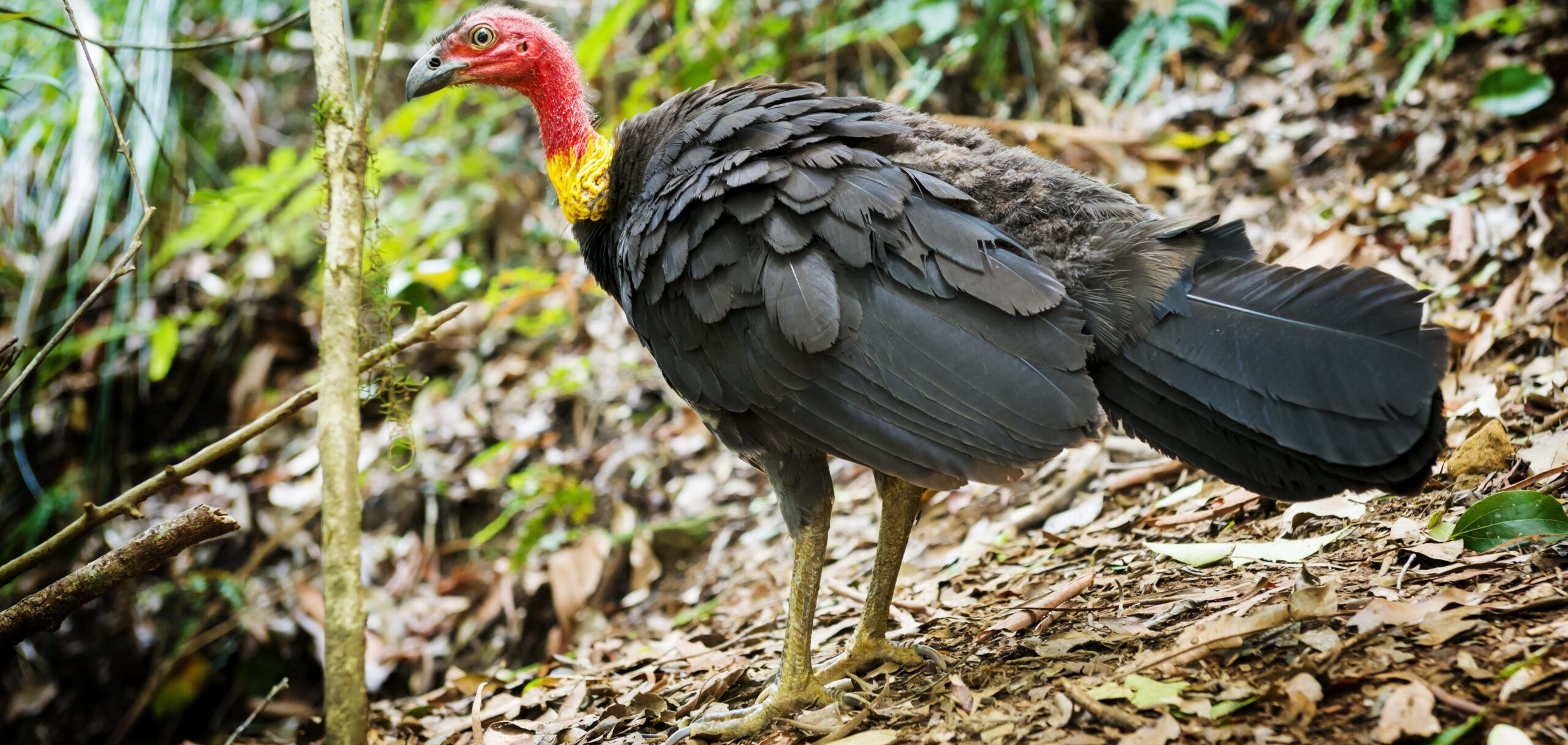Connected Corridors for Biodiversity

Connected Corridors for Biodiversity is a map of connected habitats and potential connections that is publicly available for use on-line. It is critical to council strategic planning and environmental managers and teams in considering the impacts of proposed development on local wildlife, or in prioritising bushland rehabilitation work. These are just two examples of the ways in which the mapping is used.
The mapping reflects recognised areas of habitat and adjoining areas through which they can be linked by establishing a continuous habitat or ’stepping stone’ habitat areas.
Potential linkages include the following:
- Riparian zones and foreshore;
- green open space, including sportsfields, golf courses, racecourses etc;
- transport corridors (rail, road, cycle paths, shared paths etc);
- utilities easements (water, electricity etc);
- airport lands (excluding terminals etc);
- street trees;
- schools, universities, hospitals, nursing homes etc;
- residential land, particularly where it adjoins remnant bushland, is zoned E4 Environmental Living and/or is scheduled for redevelopment; and
- industrial land, particularly where scheduled for redevelopment.
Use of mapping is not obligatory, and is for information only. It has many uses, especially among councils seeking to increase habitat coverage and tree canopy, and by academics.
The map is hosted by the NSW Government’s Central Resource for Sharing and Enabling Environmental Data (SEED) and can be found here: https://datasets.seed.nsw.gov.au/dataset/connected-corridors-for-biodiversity
The methodology that was used to develop the map is available here.
Connected Corridors for Biodiversity was funded by the Australian Government through the Sydney Coastal Councils Group (SCCG) Salty Communities program. The project developed mapping of biodiversity corridors through the 23 local government members of SSROC and SCCG. The mapping was originally developed in 2016/17, and has been updated annually since.
Many other stakeholders were consulted during the project in addition to the 23 Councils, SSROC and SSROC. These included experts from CSIRO, Macquarie University and Cooks River Alliance and a broader reference group of Greater Sydney Local Land Services, Greater Cities Commission, the Green Grid, Sydney Water and Sydney Trains.
Further resources:
